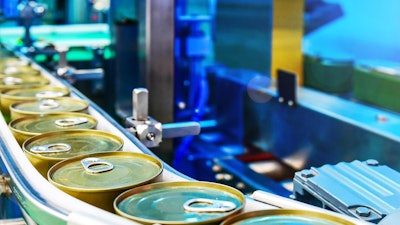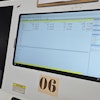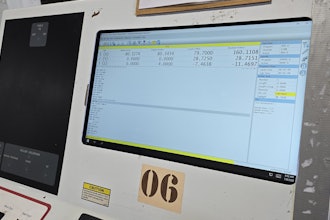
The COVID-19 crisis has placed intense pressure on companies as we strive to maintain (and even grow) production amidst possible shutdowns. As the pandemic is teaching us, these challenges require quick solutions. The addition of automation, IIOT and lights-out manufacturing can help companies, individuals and the economy from downtime in a high demand time.
COVID-19 Impact
The close of non-essential businesses in response to COVID-19 has significantly impacted the supply chain in visible ways and in ways yet to be revealed. There are certain industries, such as freight and transportation, that can't be automated to the extent a factory floor can be, for they face different challenges. However, just as the transportation industry has found efficiencies with passenger planes supporting the supply chain, delivering not only people, but freight, factories should now be researching new ways to improve efficiencies. And that starts with evaluation of current automation designs.
The Time to Future-Proof is Now
We believe the impact and effects of COVID-19 will drive companies today and well into the future to think and act differently. When demand increases, robots and automated processes may be the solution. This solution provides increased productivity while creating design process efficiencies.
Increased use of robots and automation will not replace humans completely in the factory. People will simply do different tasks and more technical tasks and robots will replace the manual labor on the plant floor.
Going forward, lights-out solutions will be the goal for many companies, however this next level of automation is a bit more futuristic and will require significant design, trials and capital investment to be realized. Companies that take the steps to further automate, as well as enhance and improve their current automated design process, will help prepare for future shutdowns and crisis situations.
The current requirements around quality, safety, tracking, efficiency and demand will be tested and re-qualified. An ongoing challenge for society is to reduce wasteful manufacturing and consumption of the supply.
Now more than ever, production and manufacturing companies are looking closely at industrial automation technology, and for good reason. Our understanding and knowledge of the transmission of diseases and viruses will continue to expand after this pandemic as automation and robotics will reduce the human interface within manufacturing, potentially reducing the transmission of harmful contagions to final human and animal consumption phase.
A Silver Lining
The industry is evolving to meet increased demand and new quality requirements, and businesses need to evolve with it. Facilities equipped with the most efficient  Karl von Knobelsdorff
Karl von Knobelsdorff
Karl von Knobelsdorff is the President and CEO of Knobelsdorff Enterprises, based in Goodhue, MN.























